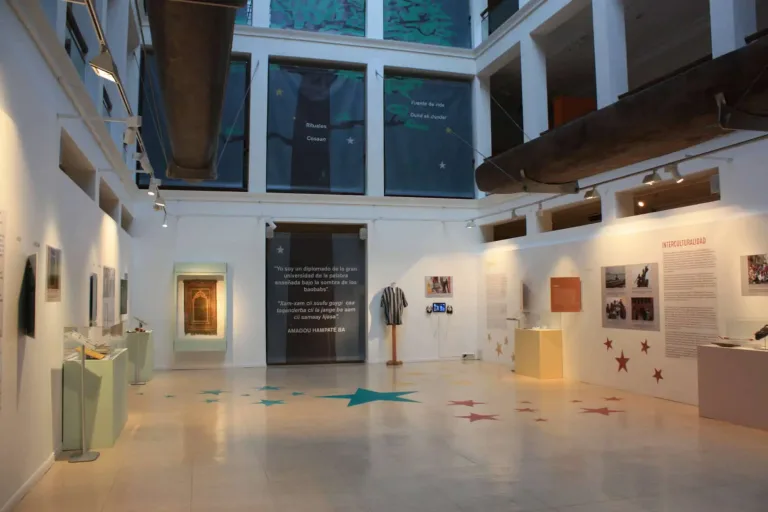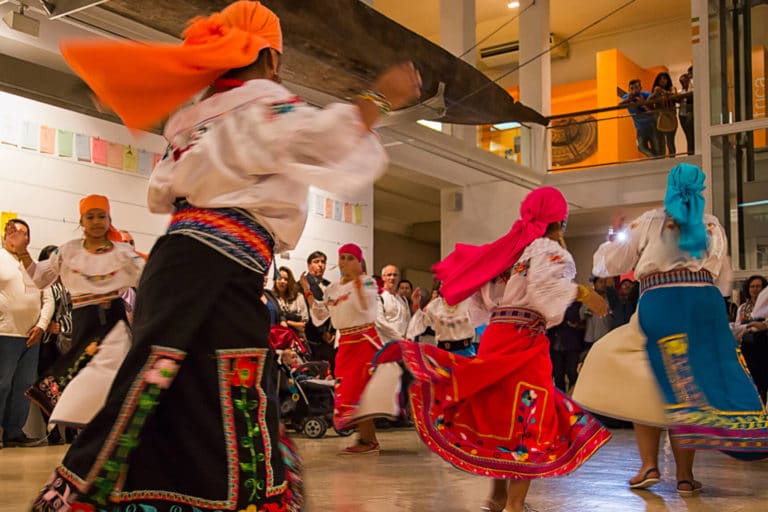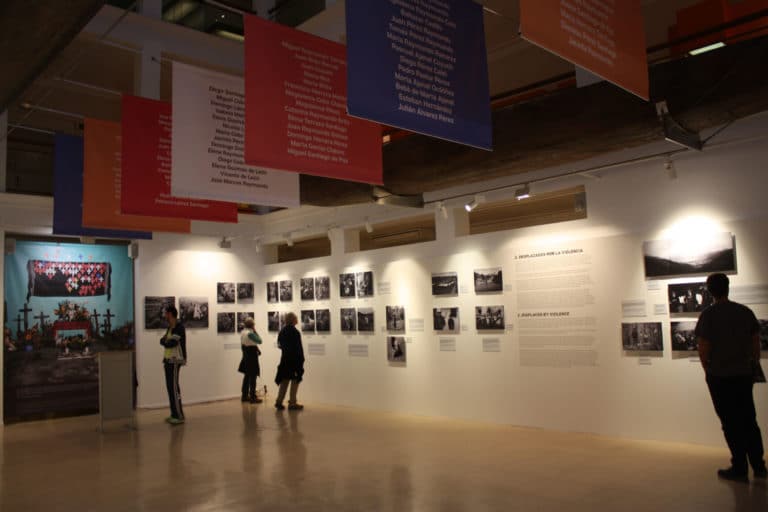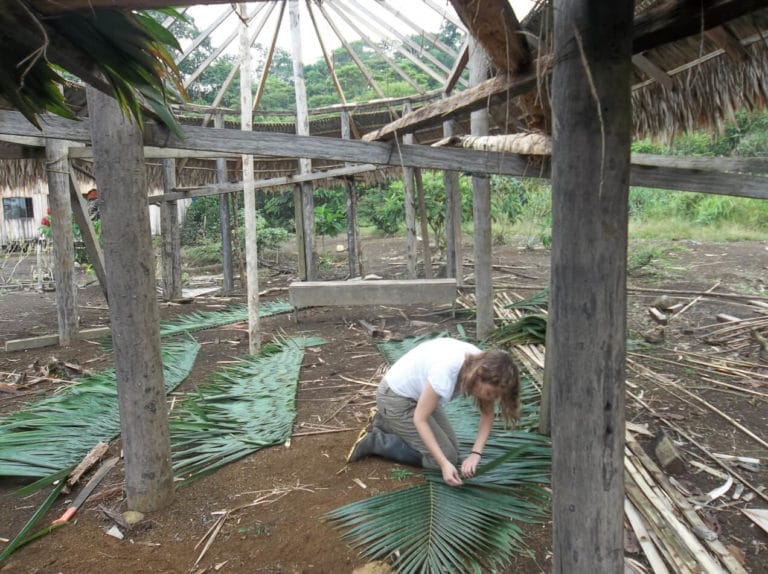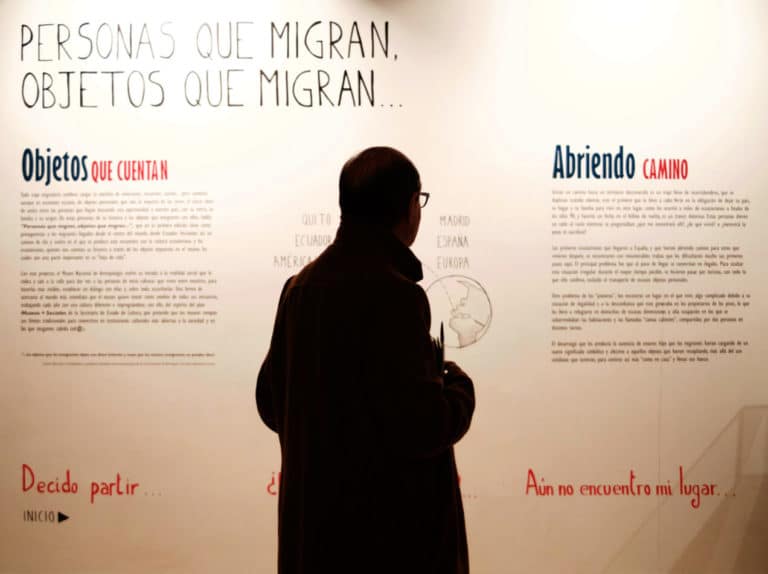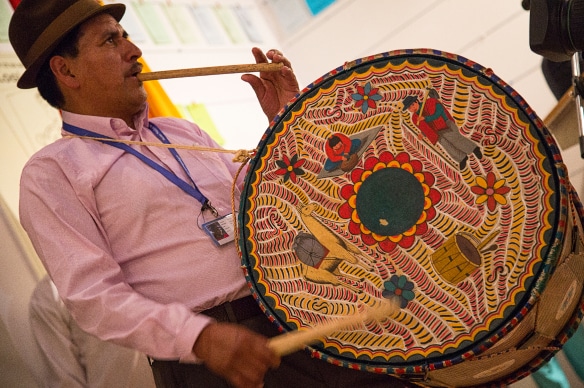I have a degree in history specialising in American anthropology and a degree in archival studies. I work at the Museo Nacional de Antropología (MNA) as head of the America and Oceania collections. I also work in the field, in the Ecuadorian Amazon with Shuar communities. I have commissioned exhibitions on Kichwa art and culture in the region of Tigua (Ecuador), Inuit art and culture in Nunavut (Canada), and the effects of armed conflicts in the 1980s and 90s in the Mayan and peasant farmer populations in Guatemala. I have also published several articles and delivered conferences on a range of subjects relating to anthropology, America and museology.
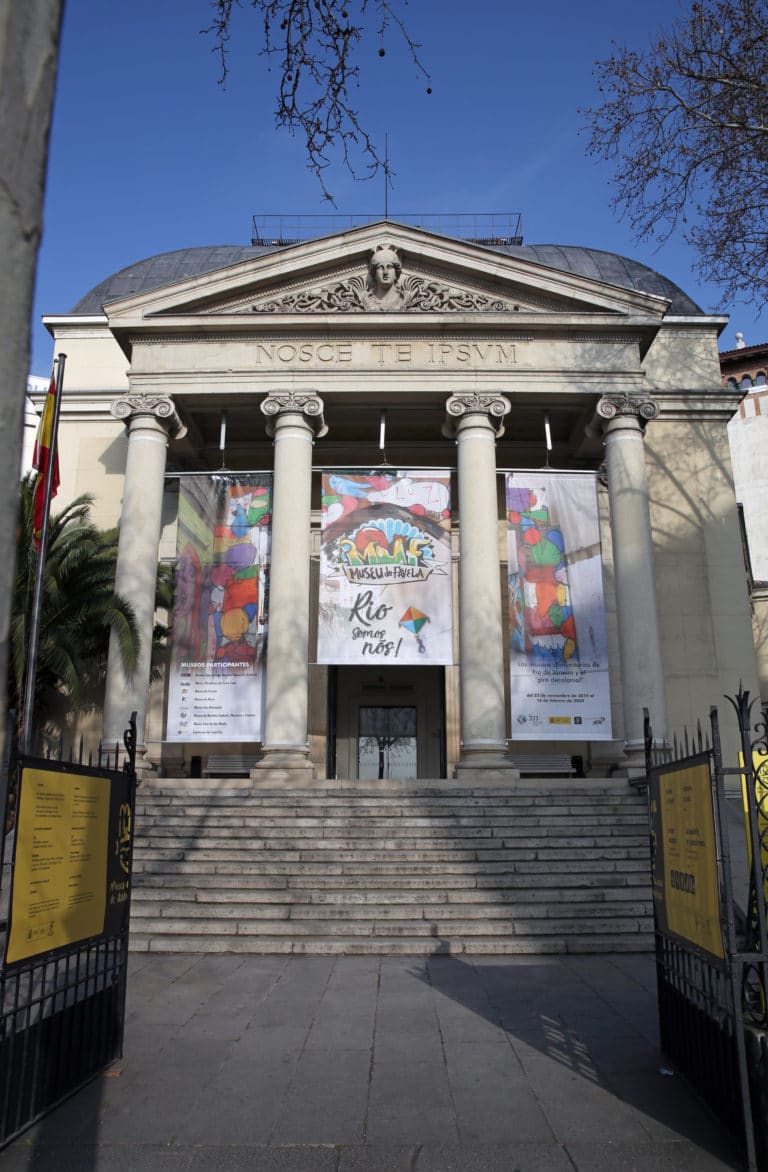
Museum facade advertising the Rio somos nós! exhibition
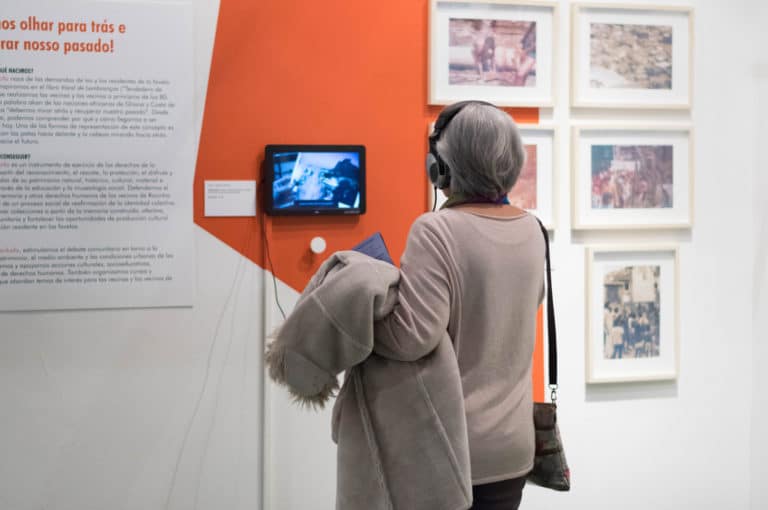
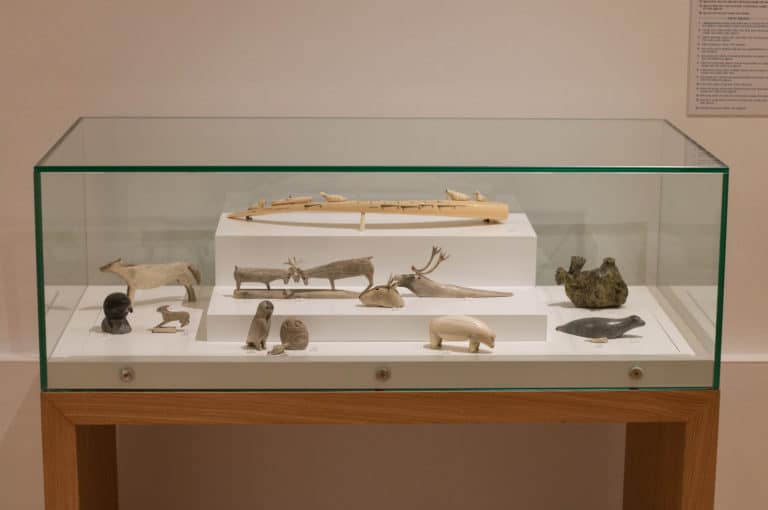
The traditional purpose of anthropology is the material culture of non-western societies. In the museum, one of our priority lines of action is to work in partnership with the source communities of the collections; we want their voices to be heard, not just the voices of the technical staff at the museum. In the past, museum professionals were the authority; they were the ones who interpreted, contextualised and exhibited objects from other cultures. Those objects were used to create ideas for western audiences about the culture and history of non-western societies. The way other cultures are represented, i.e. the image projected of them, is important because on the one hand it reflects stereotypes, but on other hand generates manners of understanding “others”, and this has direct repercussions because it may serve to justify the invasion and dispossession of their lands or unfavourable policies that make them second class citizens. It is a moral and ethical obligation to include the source communities in the interpretation and presentation of their cultural heritage, as well as being enormously enriching for the museum because the artefacts can be better contextualised, therefore generating a richer understanding of their meanings and the stories behind them.
Here at MNA we have held four temporary exhibitions in which the participation of the source communities has been key: Tigua: Art from the Centre of the World, curated together with Alfredo Toaquiza, one of the outstanding Tigua painters; Rio somos nós! The Community Museums of Río de Janeiro and the Shift to Decolonialism, curated by the professionals of eight participating community museums; and two more exhibitions, one focused on Ecuadorian migrants and the other on the Senegalese community in Madrid. In these exhibitions, the museum offers resources and advice, but it is the migrants who participate in the project who make the decisions about the exhibition and prepare the discourse around it. They are the ones who decide what they are going to tell us about themselves, about their country of origin and about their experiences in Spain. The aim of these projects is to provide audiences with access to multiple stories and points of view, told by the protagonists and narrated in first person, rather than a single monolithic discourse in the third person. The majority of experiences in museums with source communities are temporary and permanent exhibitions, but they can be present in many other areas and activities of the museum, such as research of the collections, cultural activities, preventive conservation, documentation, acquisitions policy and publications.
The MNA is an anthropology museum, not an art museum, but art also interests us, especially the contemporary artworks of native individuals, because it is a reflection of their current reality, their culture and their worldview. In these works, the artists express themselves in their own terms, tell their own stories and reveal their emotions. It is one way of ensuring that their voice is present in the museum. Some native artists have denounced the fact that their works are not present in contemporary art museums and that they only have access to anthropology museums. Their demands are entirely logical in our eyes. We believe that their works should be exhibited in art museums but in anthropology museums as well because they form part of the culture of a people and are closely related to other aspects such as the economy or religion, while they are undoubtedly of great interest thanks to their form of expression and their aesthetic values.
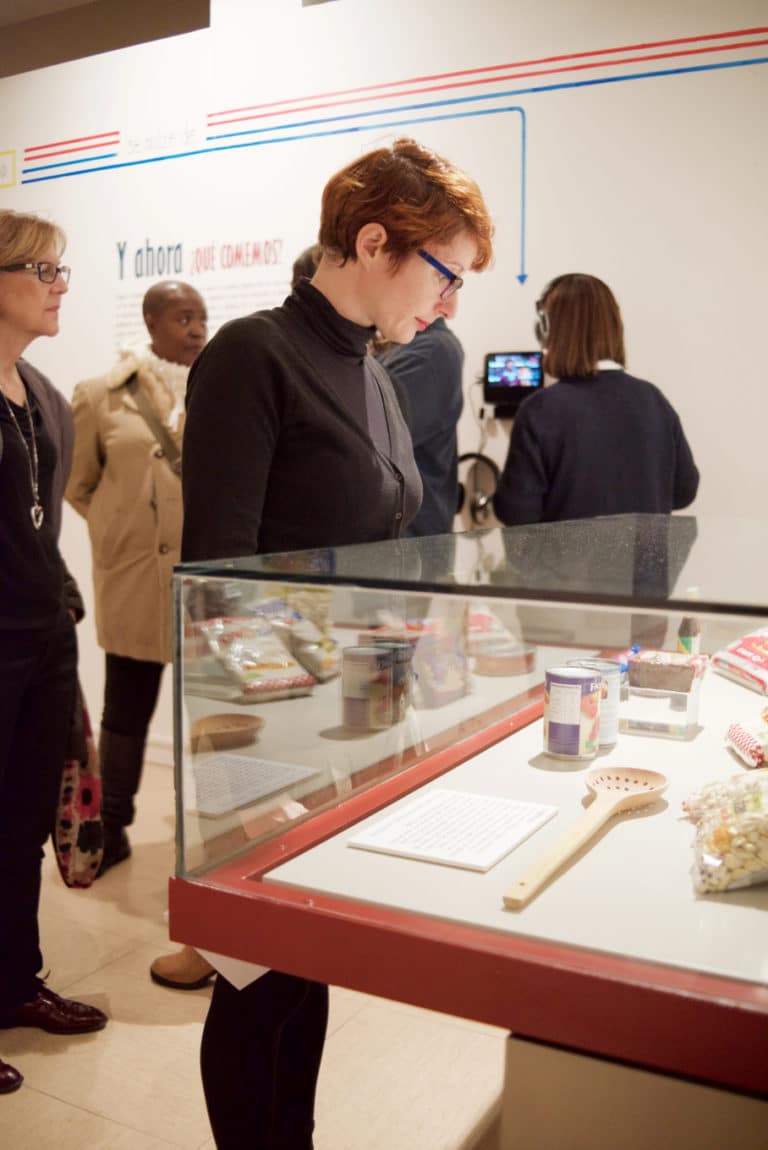
Detail of the exhibition on Kichwa art and culture in the Tigua region (Ecuador)
